Emily Grace

Feel new! Exceptional job, thank you!
Oct 06 2023
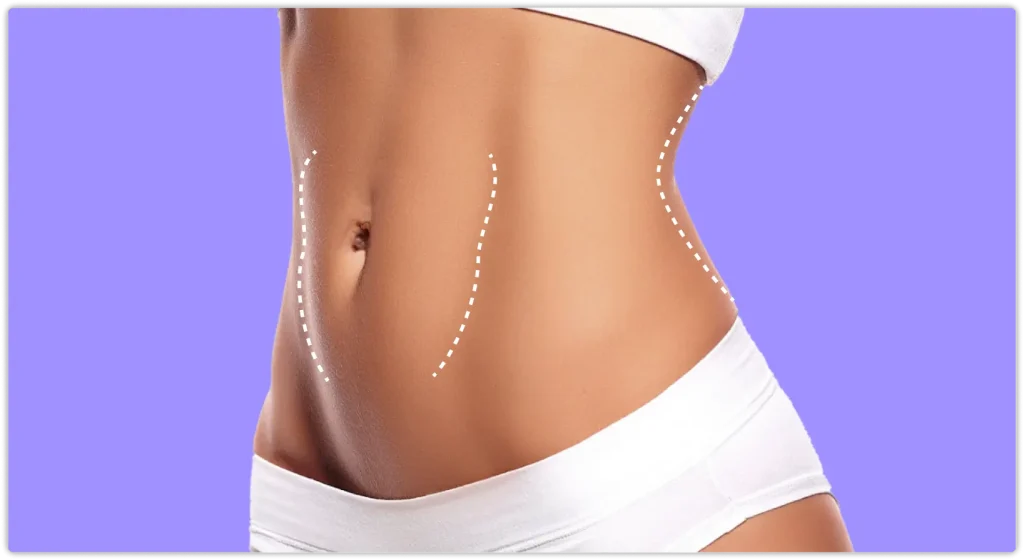
Chat With Us
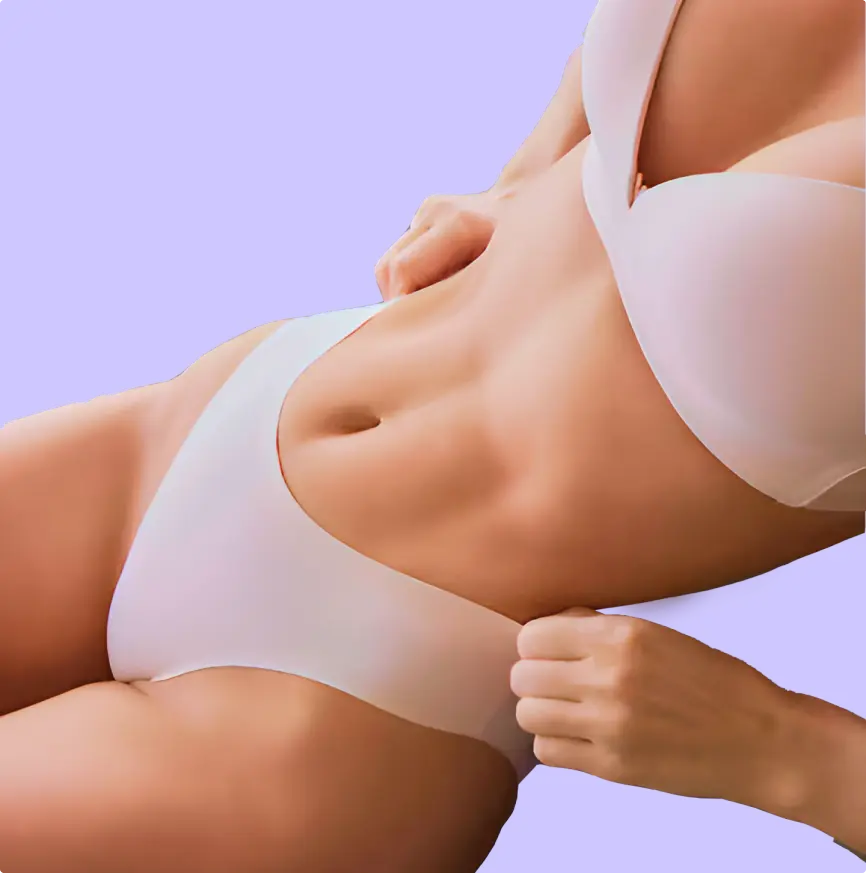
FREE LIPOSUCTION WITH YOUR TUMMY TUCK!



Dr. Mel Ortega graduated from Immaculate-LaSalle High School in Miami and continued his education at Miami-Dade Community College and Florida State University in Tallahassee. He earned his Medical Degree from LaSalle University Mexican Medical College in Mexico City, where he graduated twenty-fifth in his class of one hundred twenty-six in July 1980. After receiving his degree, Dr. Ortega returned to the United States to complete an internship at Variety Children’s Hospital (Miami Children’s) in 1982. During his internship, he discovered his talent and passion for surgery, leading him to pursue a General Surgery Residency at Lincoln Medical and Mental Health Center in Bronx, New York.
Regaining the firmness of your abdomen is the goal of our plastic surgeons, who assure you that a tummy tuck procedure is safe. Despite not being a weight loss procedure per se, it successfully firms and reshapes your abdomen. In order to get you the shape you want, our surgeons might remove extra fat deposits. Following a tummy tuck at Spectrum Aesthetics Miami, your abdomen will have more firmness, improved contours, and a noticeable decrease in size. For the best experience with tummy tuck surgery, put your trust in our knowledgeable and well-respected surgeons in Miami.
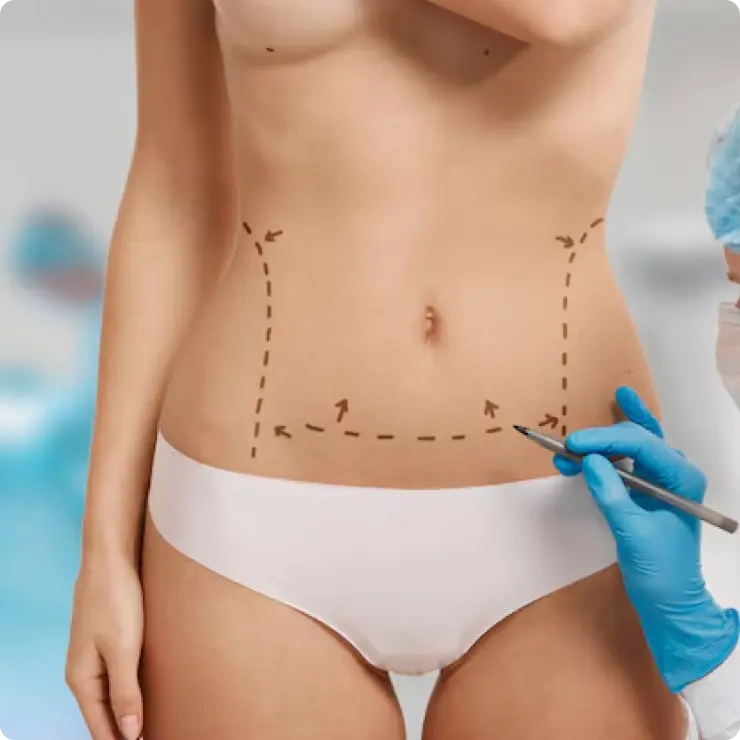

The Tummy Tuck, procedure focuses on tightening abdominal muscles and addressing issues caused by aging, weight fluctuations, childbirth, and pregnancies. It is suitable for individuals in good health who desire a more contoured abdomen, especially those with excess skin or a disproportionate lower abdomen.
In some cases, a mini or partial Tummy Tuck may be recommended to specifically address sagging in the lower abdomen. Before undergoing the procedure, our experienced plastic surgeons conduct a comprehensive preoperative medical examination to determine the most appropriate surgical approach tailored to your needs.
An Tummy Tuck procedure is safe, and our plastic surgeons are committed to restoring the firmness of your abdomen. While not primarily a weight loss surgery, it effectively firms and reshapes your abdomen. Our surgeons may remove unwanted fat deposits to achieve your desired shape. After a tummy tuck at Spectrum Aesthetics Miami, your abdomen will be firmer, well-shaped, well-contoured, and much flatter. Trust our skilled and reputed surgeons in Miami for the best tummy tuck surgery experience.
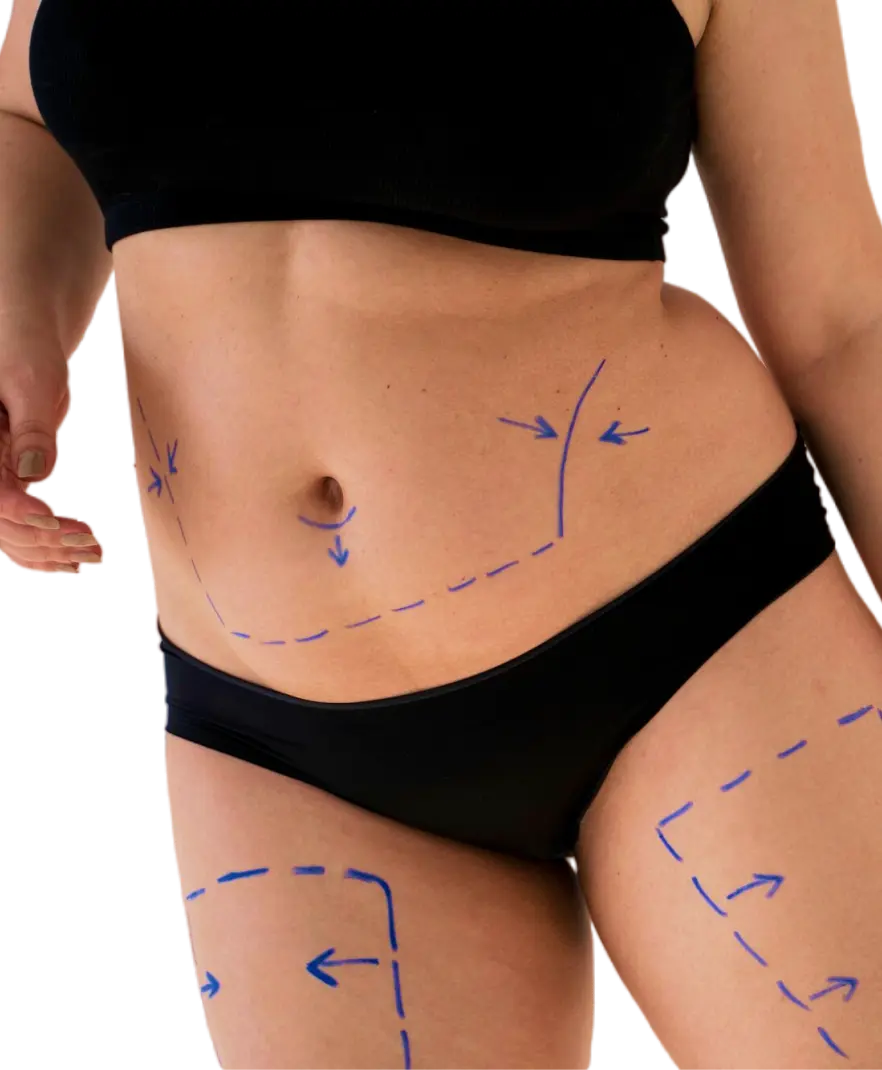
Emily Grace

Feel new! Exceptional job, thank you!
Oct 06 2023
Danna Stones

Transformed! Exceptional care, highly recommend!
Oct 24 2023
Sofia Gates

Thrilled with results! Professional team, will return!
Nov 10 2023
Linda Machado

Outstanding service, flawless results!
Nov 22 2023
Transform your body
FREE lipo with your Tummy Tuck!
Register and enjoy.
Before the procedure, you can consult with our surgeon if you’re thinking about getting a tummy tuck to make sure it’s the right choice for you. Someone who is nearing their ideal weight and has loose or sagging skin on their abdominal wall is a good candidate for a tummy tuck. This is commonly linked to abnormal divarication, or the relaxation of the muscles in the abdominal wall. If lax skin is not an issue, our plastic surgeons can correct the widening of the abdominal muscles with minimal skin excision (usually secondary to multiple pregnancies or prior to surgery).
You should consider a tummy tuck if you are:
A tummy tuck is not a replacement for weight loss or a proper exercise regimen. While the results of Tummy Tuck are technically permanent, significant weight fluctuations can adversely affect the outcome. Therefore, individuals planning substantial weight loss or women considering future pregnancies are often advised to postpone the procedure.
Additionally, Tummy Tuck cannot eliminate stretch marks. However, our doctors may be able to remove or improve stretch marks if they are located on areas of excess skin, typically those below the belly button.
Tummy tucks, come in various types, each tailored to address different concerns and achieve specific aesthetic goals. Here’s a breakdown of the main types and their differences:
1. Traditional Tummy Tuck:
2. Mini Tummy Tuck:
3. Extended Tummy Tuck:
4. Fleur-de-Lis Tummy Tuck:
5. Reverse Tummy Tuck:
Each type of tummy tuck offers unique advantages and is tailored to suit the individual needs and goals of the patient.
After undergoing a tummy tuck, it’s generally advised to avoid lying on your stomach for several weeks to months. The exact duration will depend on the extent of your surgery and your surgeon’s specific instructions. Here are the reasons for this recommendation:
It’s crucial to follow your surgeon’s postoperative instructions carefully, including any guidelines on sleeping positions, to ensure optimal healing and achieve the best possible results.
Before undergoing a tummy tuck, it’s essential to prepare yourself both mentally and physically. Here’s a list of supplies you may need to gather beforehand:
Preparing ahead of time and having these supplies on hand can help ensure a smoother and more comfortable recovery experience following your tummy tuck surgery.
Taking photos for an online consultation for a tummy tuck can help your surgeon assess your candidacy and develop a personalized treatment plan. Here’s how to take effective photos:
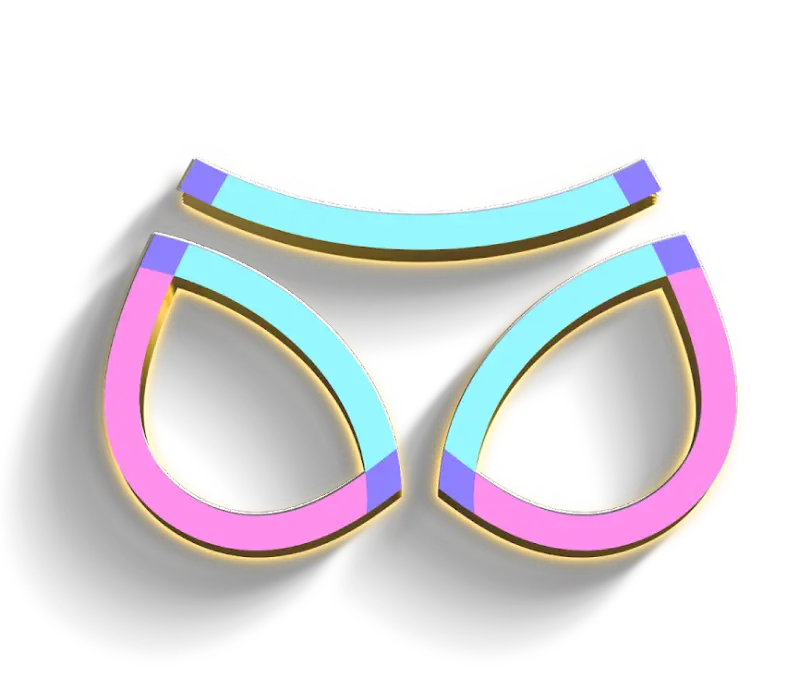
© 2024 All Rights Reserved
